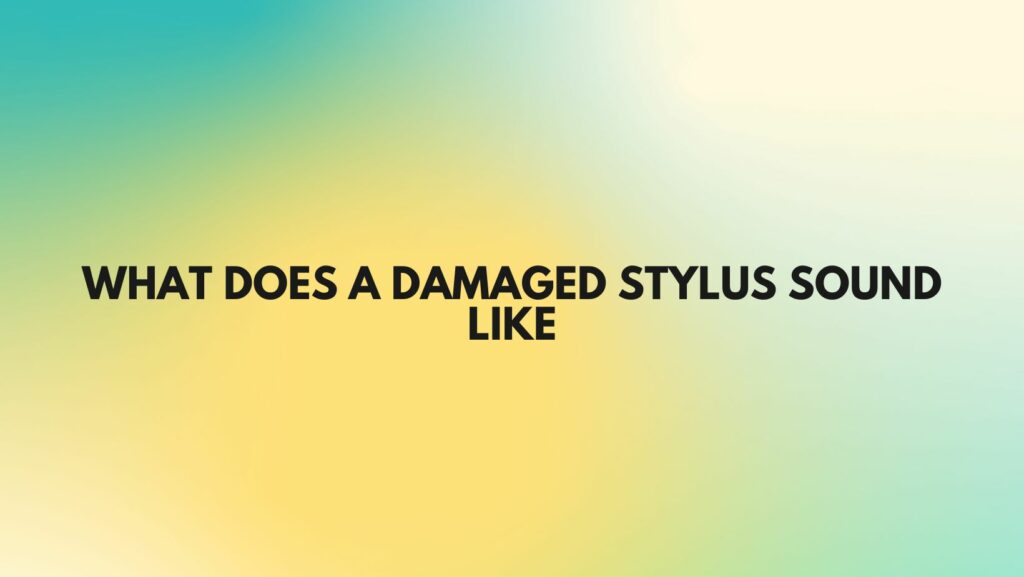For avid vinyl enthusiasts, the stylus is the delicate interface between the grooves of a record and the ethereal world of music. However, like any precision instrument, it is susceptible to wear and tear over time. One of the most significant concerns for vinyl aficionados is the prospect of a damaged stylus, as it can dramatically impact the quality of the audio experience. In this article, we delve into the auditory clues that reveal the presence of a damaged stylus and guide you in deciphering the subtle symphony of sounds that may be indicative of stylus distress.
- Audible Distortion and Muddiness: One of the earliest signs of a damaged stylus is a noticeable distortion in the audio output. Instead of the crisp and clear tones you’re accustomed to, a damaged stylus may introduce a layer of muddiness, causing the music to lose its definition. Pay attention to the overall clarity of the sound and be wary of any perceptible distortion.
- Excessive Surface Noise: A damaged stylus can exacerbate surface noise, leading to an increase in pops, crackles, and hisses during playback. If you find that these background noises have become more pronounced and intrusive, it may be an indication that the stylus is no longer gliding smoothly through the grooves.
- Skips and Jumps: An ailing stylus may struggle to maintain consistent contact with the record’s grooves, resulting in skips or jumps during playback. If you notice interruptions in the playback flow that weren’t present before, it’s a clear sign that the stylus may be damaged or misaligned.
- Uneven Channel Balance: A damaged stylus can impact the balance between the left and right audio channels. If you perceive a pronounced difference in volume between the channels or an irregular distribution of sound, it may signal a problem with the stylus or its associated components.
- High-Frequency Loss: Stylus wear often leads to a loss of high-frequency detail in the audio. If your once-sharp highs have been replaced by a dull or muted quality, the stylus might be struggling to reproduce the finer nuances of the music.
- Tracking Issues: A stylus in distress may struggle to maintain consistent tracking, resulting in audible fluctuations in pitch or speed. If you notice variations in the tempo or pitch of the music, it’s a clear indicator that the stylus may need attention.
Conclusion:
Listening to the nuances of your vinyl collection is a deeply personal and immersive experience, and a damaged stylus can compromise this connection. By attuning your ears to the subtle cues of distortion, surface noise, skips, and imbalances, you can identify the telltale signs of a stylus in need of replacement or repair. Regular inspection, proper maintenance, and a keen ear will ensure that your stylus continues to faithfully navigate the intricate grooves of your records, preserving the magic of analog audio for years to come.


